Notre Dame profs wary of affirmative action ban as potential admissions changes loom
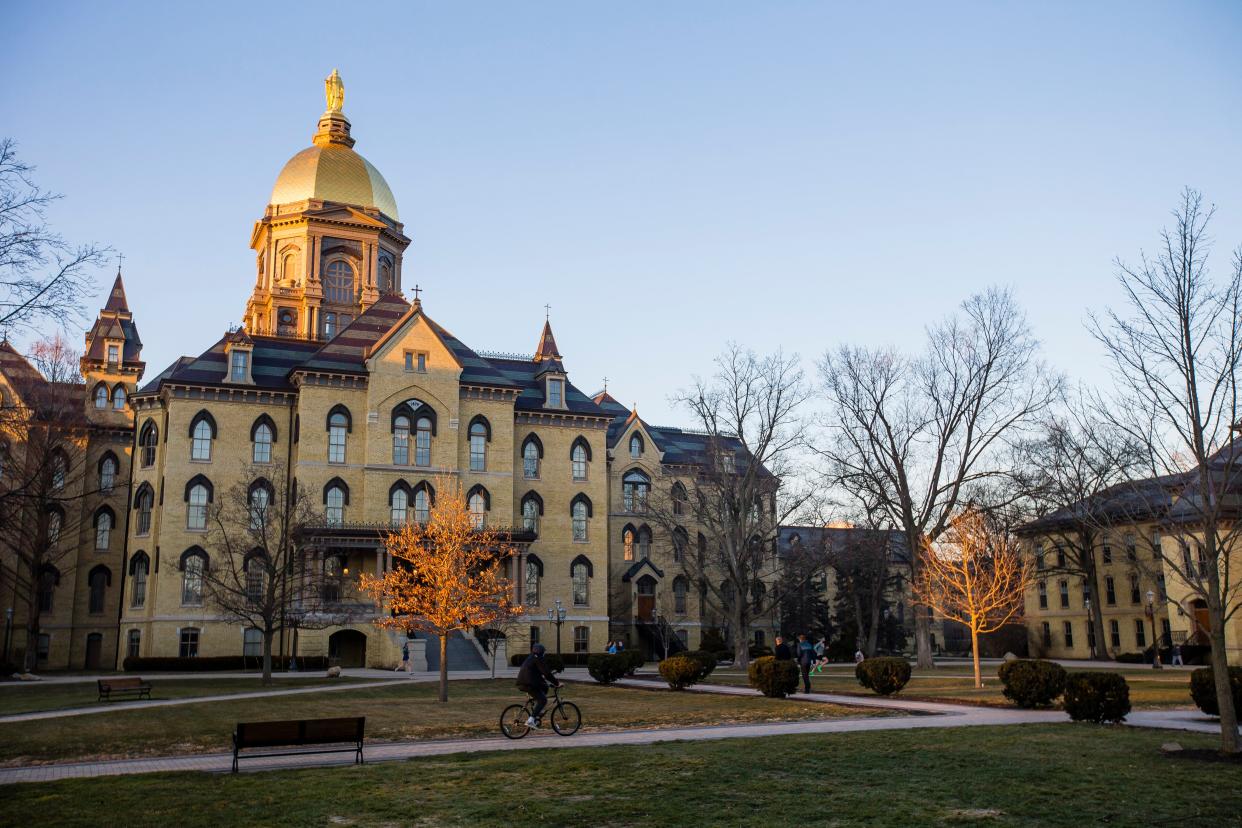
SOUTH BEND — After the Supreme Court’s decision outlawing race-conscious admissions at universities, leaders at the University of Notre Dame have reiterated their moral obligation to diversify the school’s student body.
But it’s still unclear how the university may adjust admissions policies and recruiting practices to attain that goal. The uncertainty exists as Notre Dame, like other highly selective U.S. colleges, faces evidence that the number of students of color accepted each year is likely to decline.
The Rev. John Jenkins, Notre Dame’s president, said in a statement following the ruling last week that the university’s “Catholic mission compels us to build a class reflecting the diversity of experiences and gifts of the human family.”
More: The college-going gap between Black and white Americans was always bad. It’s getting worse.
The university is studying the court’s decision for any implications it may have for the admissions process, according to Jenkins’ statement. But a university spokeswoman said officials have no further comment.
What seems clear is that recent growth in the number of underrepresented students Notre Dame admits each year will fall off, according to Jennifer Mason McAward, a Notre Dame law professor who’s also the director of the Klau Institute for Civil and Human Rights.
Evidence for a looming decline comes from nine states, starting with California in 1996, that have banned affirmative action or race-conscious admissions. Michigan voters chose to outlaw the policy in 2006, and Idaho most recently banned the practice in 2020.
More: What students can expect after Supreme Court’s ruling on affirmative action
Speaking during a Wednesday panel organized in response to the court’s decision, McAward noted that the University of Michigan reported a steep drop in enrollment of students of color following the 2006 referendum.
University of Michigan leaders responded by shifting their focus to low-income applicants. But the share of Black and Hispanic undergraduates fell off after 2006 and has yet to fully rebound.
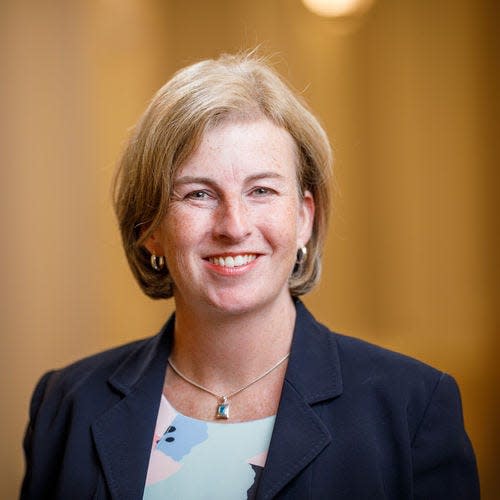
“We know what the immediate result of that is, and it leads to severely plummeting numbers of underrepresented minorities on elite college campuses,” McAward said. “I would think that Notre Dame will be no different, given that track record.”
“It takes a long time and a lot of very expensive recruiting efforts to get numbers back up to where they were,” she added.
Notre Dame says U.S. students of color make up 34% of its incoming freshman class for 2023, while 8% are international students. Of the same pool, 20.5% are first-generation college students or qualify for a federal Pell Grant, which indicates they're from a low-income family.
A spokeswoman noted that some enrolled students will change their mind come August, and the university won't have totally accurate data until a few weeks into the semester.
Highly selective institutions at center of race-based admissions debate
Most colleges won't be much affected by the ban on race-conscious admissions, unlike highly selective universities such as Notre Dame and Ivy League schools. Notre Dame's acceptance rate in 2023 was 12%.
Diversity goals tend to be more easily achieved at accessible campuses like Indiana University South Bend. But IUSB reported in 2022 that just 30% of its student body is made up of underrepresented students of color.
An IU spokeswoman, speaking on behalf of IUSB, declined to comment about how its admissions practices may change. She pointed The Tribune to a statement from IU President Pamela Whitten, who said administrators will consider how to follow the law while pursuing a diverse learning environment.
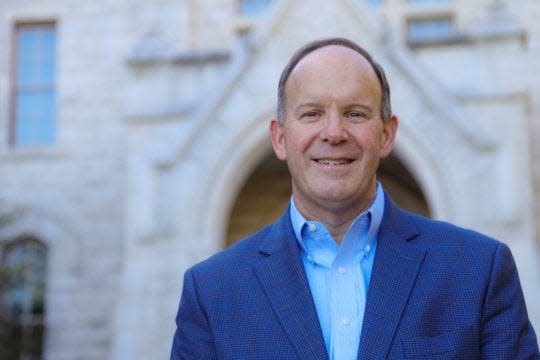
Marco Clark, president of Holy Cross College, said that since its founding in 1966, the college has served as a pathway to Notre Dame for students who may otherwise lack access.
Each year, Notre Dame chooses 75 Holy Cross freshmen for guaranteed admission as sophomores, so long as they fulfill a year of academic requirements. In total, about 100 undergraduates transfer to Notre Dame annually, Clark said.
The partnership is significant given that Holy Cross will welcome a freshman class this fall in which 45% of students are underrepresented minorities, Clark said.
Moreover, about 35% of Holy Cross freshmen are eligible for federal Pell Grants, which are awarded to low-income students. For comparison, roughly 14% of Notre Dame’s incoming freshmen in 2021 were Pell-eligible.
“We see a place like Holy Cross College as a successful on-ramp to higher education,” Clark said, “and we know that an advanced degree can be transformational.”
Leaders at Saint Mary’s College, the third piece of the tri-campus partnership with Notre Dame and Holy Cross College, were unavailable to comment this week, a spokeswoman said. Bethel University didn’t respond to a request for comment.
Legacy admissions, common at Notre Dame, scrutinized nationwide
It’s unclear what policy changes may come at Notre Dame in response to the ruling.
But one admissions practice prevalent at the university that's being scrutinized nationwide is the preference many top colleges give to the children of alumni — so-called legacy admissions.
Legacy students consistently make up between 18% and 25% of Notre Dame’s incoming classes, one of the highest fractions in the country.
These students tend to be whiter and wealthier than the overall pool of applicants, critics say. Legacy policies have been derided as affirmative action for white students from upper-class families. A recent paper found that 100 universities have dropped the use of legacy admissions since 2015.
On Monday, a civil rights group filed a complaint asking the Department of Education to review Harvard’s legacy preferences.
Universities like Notre Dame, meanwhile, say they rely on legacy admissions to build a strong alumni community whose members will donate money to the school.
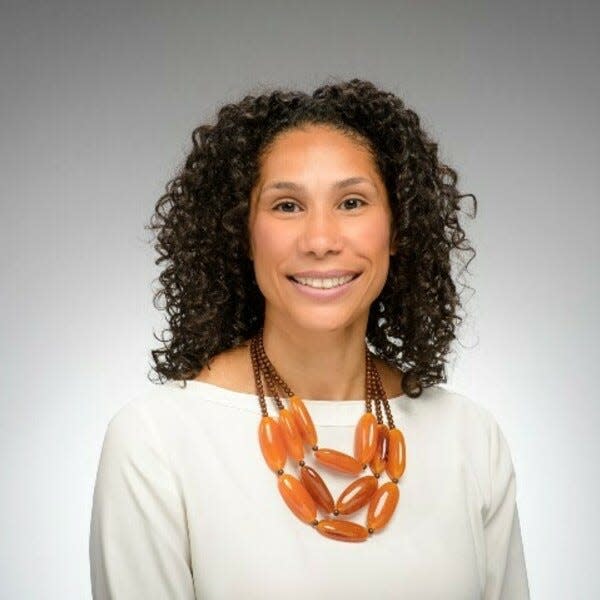
Anna Haskins, a Notre Dame sociology professor who serves as the associate director of the Initiative on Race and Resilience, said that as a Catholic university with a mission to advance social justice, Notre Dame is uniquely positioned to examine its legacy policies.
Notre Dame leaders ought to consider how preferences for wealthier students of alumni may contradict the Catholic doctrine of preferential option for the poor, Haskins said during the panel. The Biblical trend of priority being given to poor and vulnerable people gained emphasis in the late 20th century.
“I think there are ways in which Notre Dame itself can really counteract … some of the existing preferential treatment policies that were not eliminated in this Supreme Court ruling,” Haskins said, referring to legacy admissions, “in ways that really think about preferential treatment to the poor.”
What Notre Dame might consider to improve diversity
One way Notre Dame has become more accessible is by allowing undergraduate applicants the option not to submit standardized test scores. At universities that have removed the requirement, more lower-income students with high academic potential have applied.
Many universities, including Notre Dame, made SAT and ACT scores optional during the pandemic. Notre Dame announced in June that its test-option policy will remain in place through the 2025 application year.
About 37% of students admitted to the latest class did not include a standardized test score in their application.
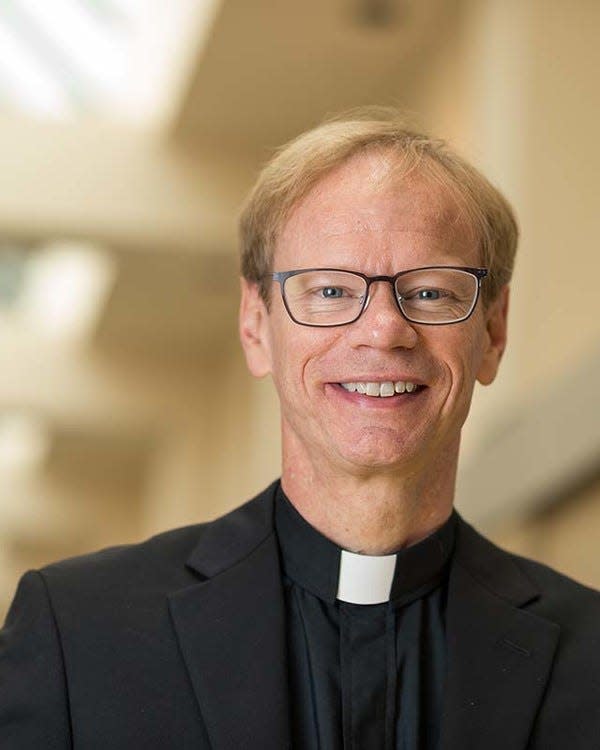
The Rev. Robert Dowd, vice president and associate provost for interdisciplinary initiatives, said during the panel that Notre Dame would do well to follow advice laid out in a 2021 report prepared by a Board of Trustees’ task force on diversity, equity and inclusion.
Notre Dame should admit more low-income and first-generation students, Dowd said. The university should ramp up efforts to recruit students in historically underrepresented minority groups, especially from Catholic high schools, he said.
And once students of color are on campus, leaders must ensure there’s a support network of mentors and peer organizations to help them thrive.
“When it comes to admissions,” Dowd said, “I think that it’s really important that we recognize that there are many potential applicants to Notre Dame that have faced challenges, that have had a ton of obstacles in front of them, and it’s very difficult for many of them to overcome such obstacles.”
Tribune Talks
Join The Tribune and a panel of local experts at 6 p.m. July 12 on The Tribune's Facebook page as they discuss the impact of the Supreme Court's ruling on affirmative action.
Email city reporter Jordan Smith at JTsmith@gannett.com. Follow him on Twitter: @jordantsmith09
This article originally appeared on South Bend Tribune: Notre Dame responds to Supreme Court affirmative action ruling

